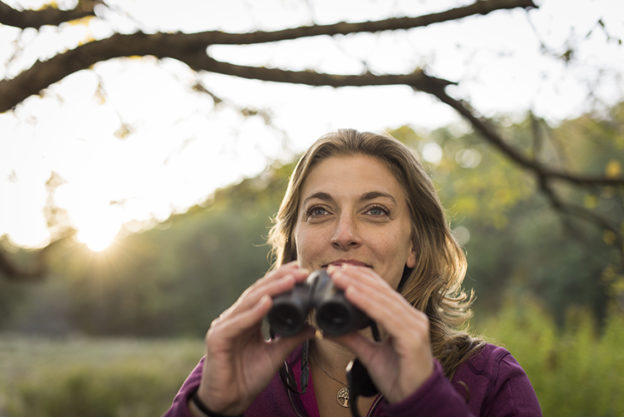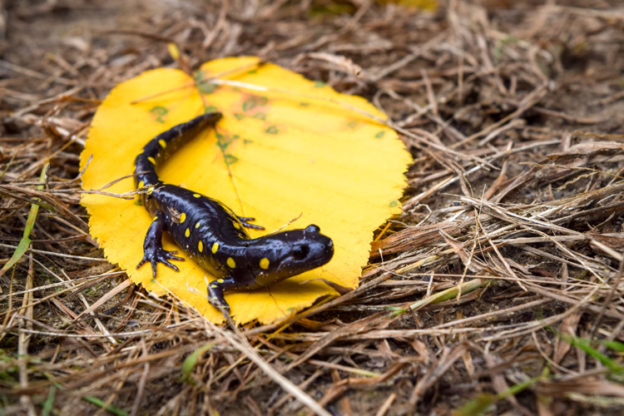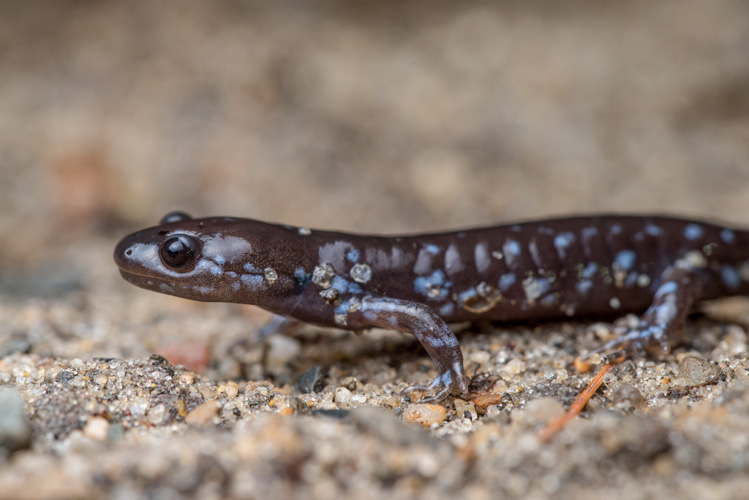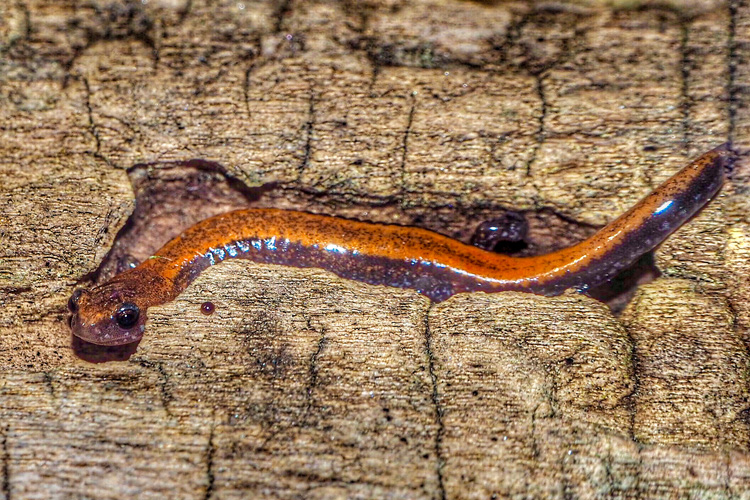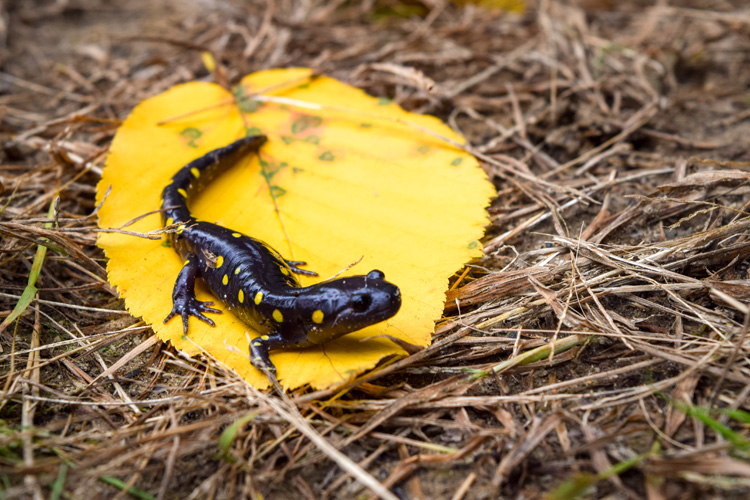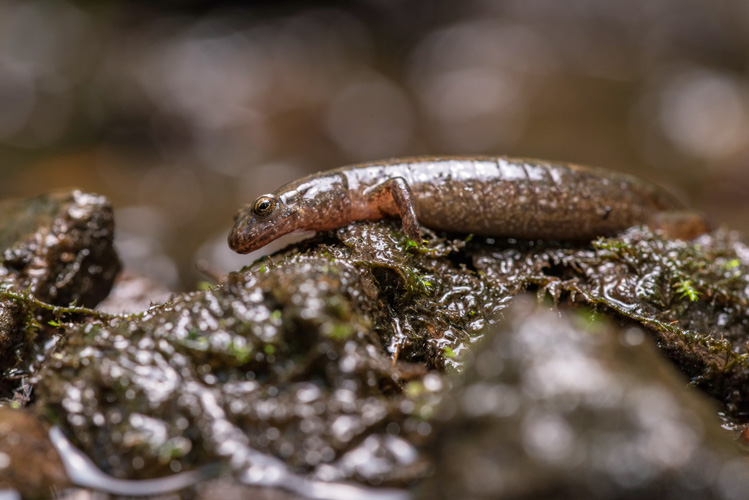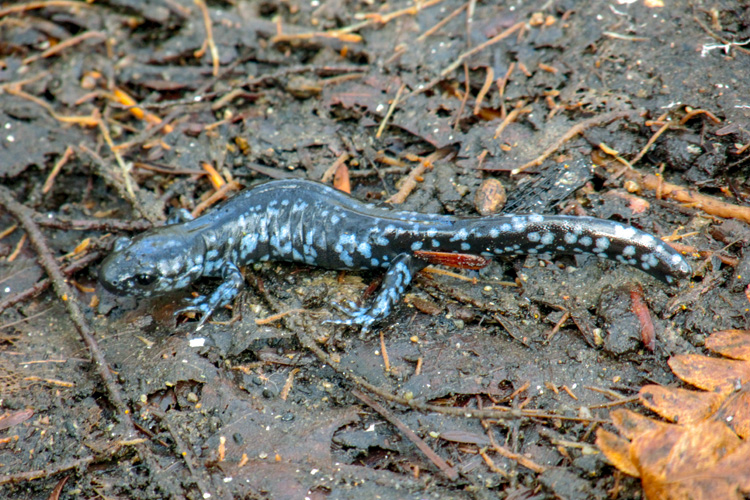When it comes to participating in Bird-a-thon, there are many motives. There’s the thrill of competition, the delight in seeing a bird on your life list, the support of conservation, and so much more. But don’t take it from us–read a few snippets from current team members on what motivates them to get involved.

“I am offering the once-a-year, special chance to support my addiction–birding...while also benefiting our fellow creatures, including the birds, plants and frogs. In addition to raising funds for Habitat, this yearly Bird-a-thon provides a fun and often demanding 24-hour window for birding addicts to find as many different species as possible during spring migration. Habitat is special to me as it not only provides outreach programs to a range of children to help them enjoy and appreciate the outdoors, it is also the place where I started birding.” — Bobbie, Team Habitat
“Waiting for a ride to the beach … I’m hoping the little Green Herons will be back again this summer. But first comes spring and Bird-a-thon. I’m raising funds for Wellfleet Bay because of all it does to make where we live so special: from restoring rare coastal heathland habitats (and habitats for little green herons!) to rescuing cold stunned sea turtles and helping youngsters discover the wonders of the outdoors.” — Lynn, Team Wellfleet Bay
“Stony Brook is a gem that I have loved since I started birding back in 2009. It is also a sanctuary that I love to protect because it is a place where I want to share with my two-year-old toddler. The team engages with people about nature, helps create a safe and comfortable place where little ones can explore and discover the wonders around them, and transforms the theoretical meaning of conservation into practical sense. The people who work at Stony Brook are amazing, patient, and passionate people. I am proud to be able to support their work, so that they can continue to do what they do best: helping people to enjoy nature and helping protect special places like Stony Brook for future generations.” Hung, Team Stony Brook
“My grandson Liam was thrilled to add a Sandhill Crane to his life list two years ago. He will be joining me again this year. He’s a good little birder. He’s excellent at spotting and listening. ” — Mary, Team Coastal Waterbird Program
“I was browsing in the shop at Drumlin Farm and my eye was caught by the display of a book, The Lost Words. A poster beside the book explained that the authors had been dismayed when the Oxford Junior Dictionary decided to omit some words to make room for other “words that had more relevance for children today.” The words omitted included clover, acorn, dandelion, fern, heron, newt, and wren. The new words added included analog, blog, broadband, chatroom and voicemail. Children and adults alike need nature. And we need to support places like Drumlin Farm that provide a place to see our food grown, take a walk in the woods and listen to the wind bringing birdsong to our ears.” – Jacquelyn, Team Drumlin Farm
Feeling inspired?
It’s not too late to join a team to bird, raise money, or both! Find out how at massaudubon.org/birdathon.


